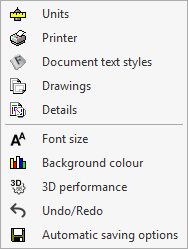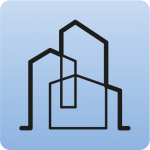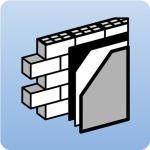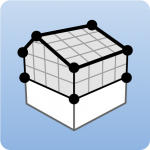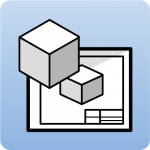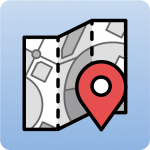General configuration options
The general configuration options are accessible via the "Configuration" button in the top right-hand corner of the interface.

Clicking on this button displays a menu with different general configuration tools. The options displayed depend on the program being used.
The following options are available:

